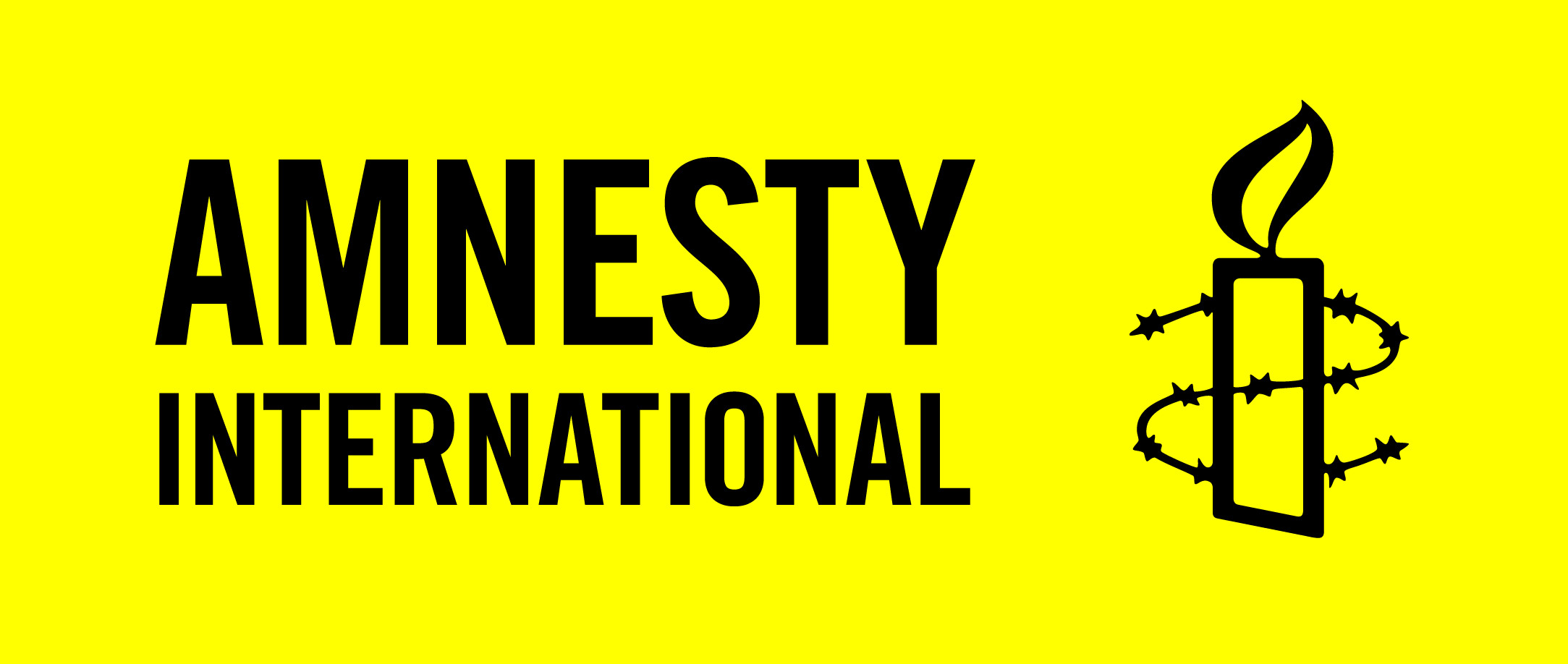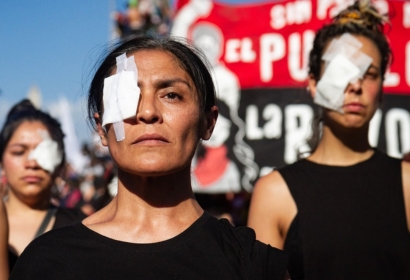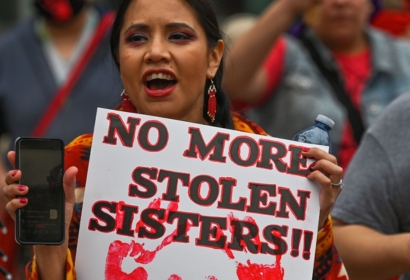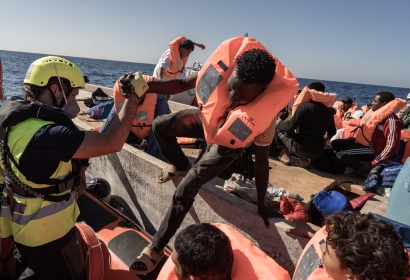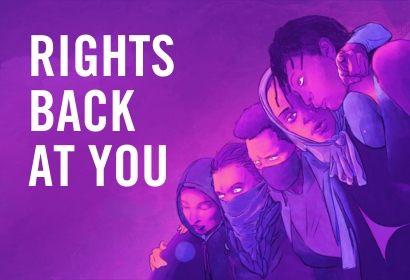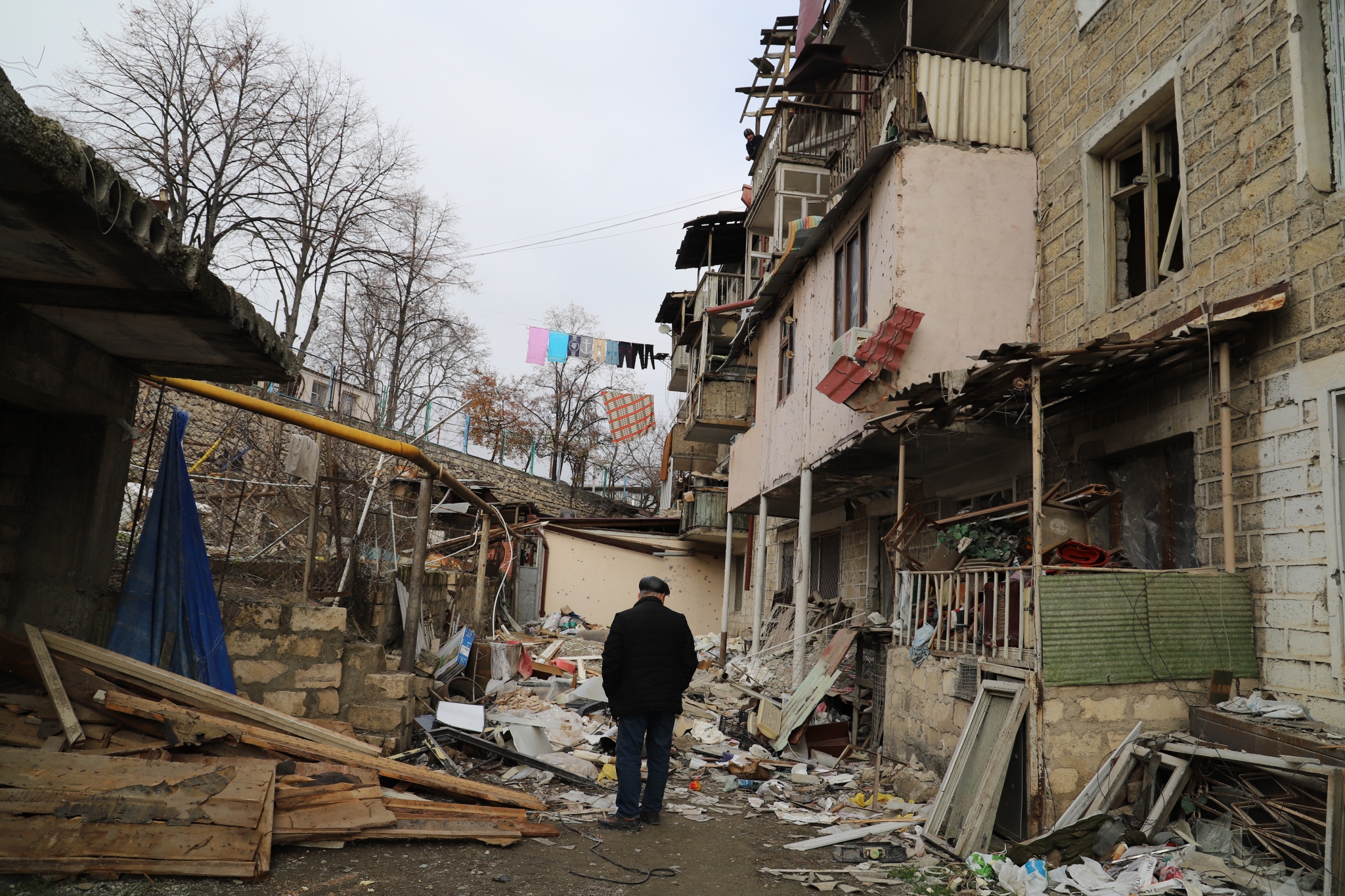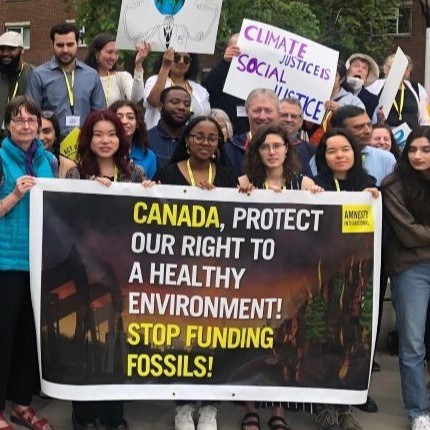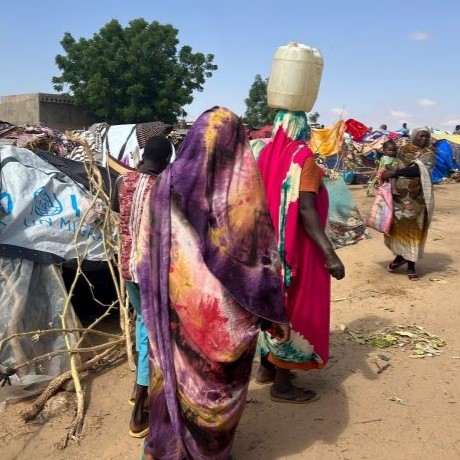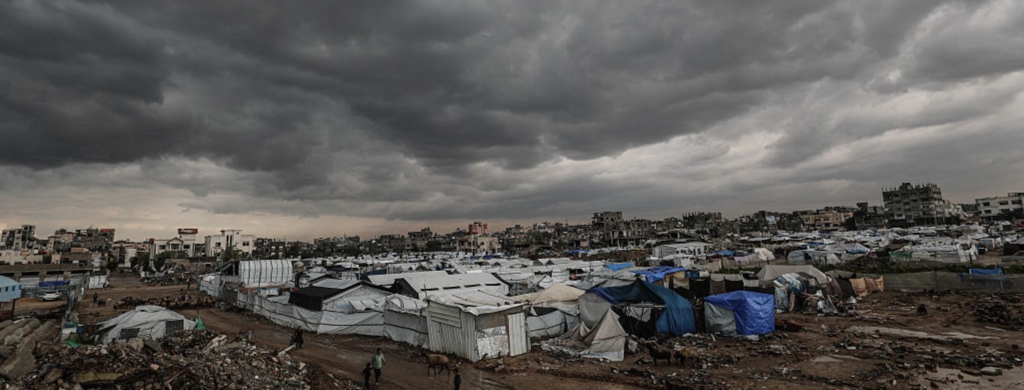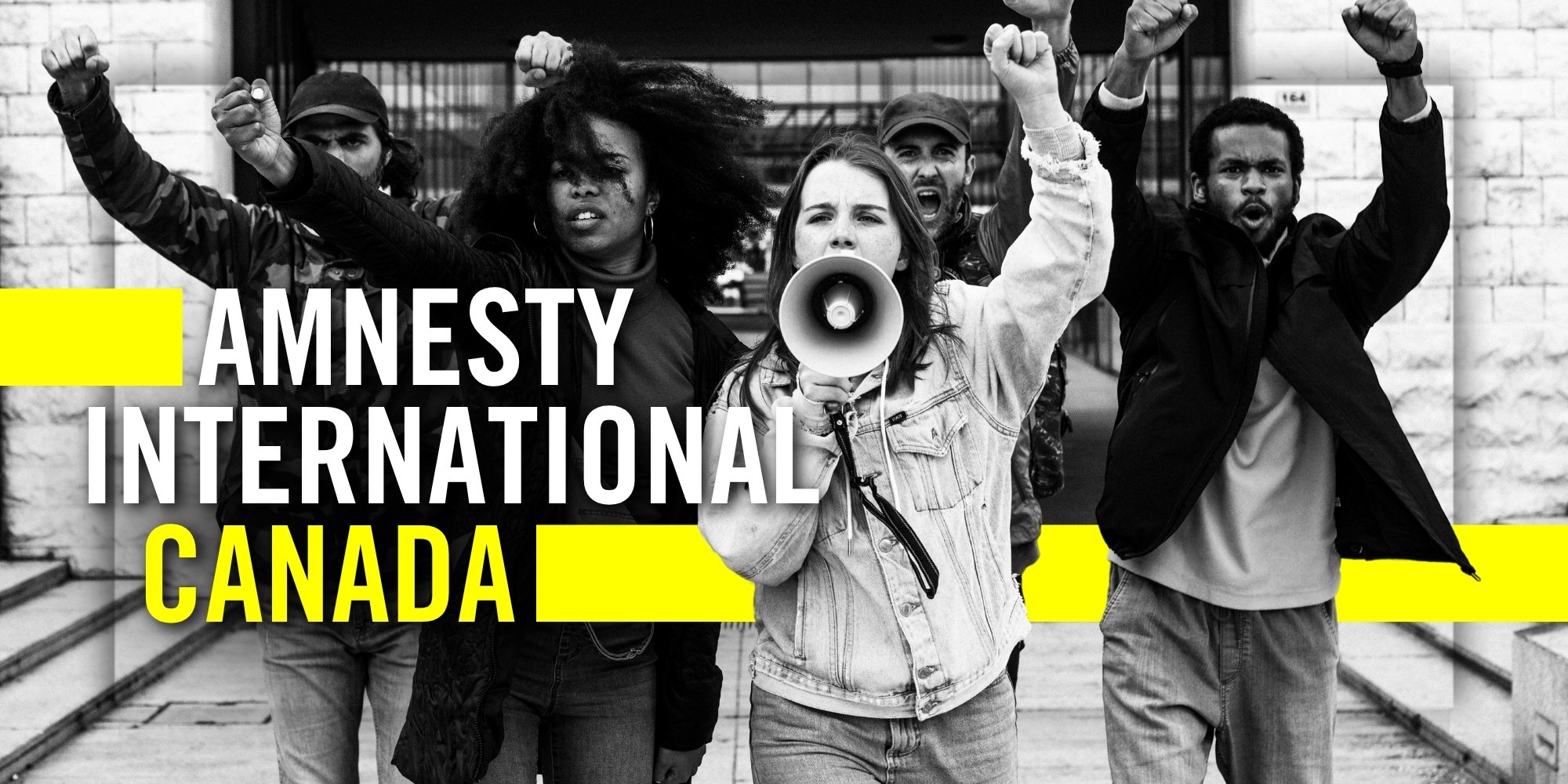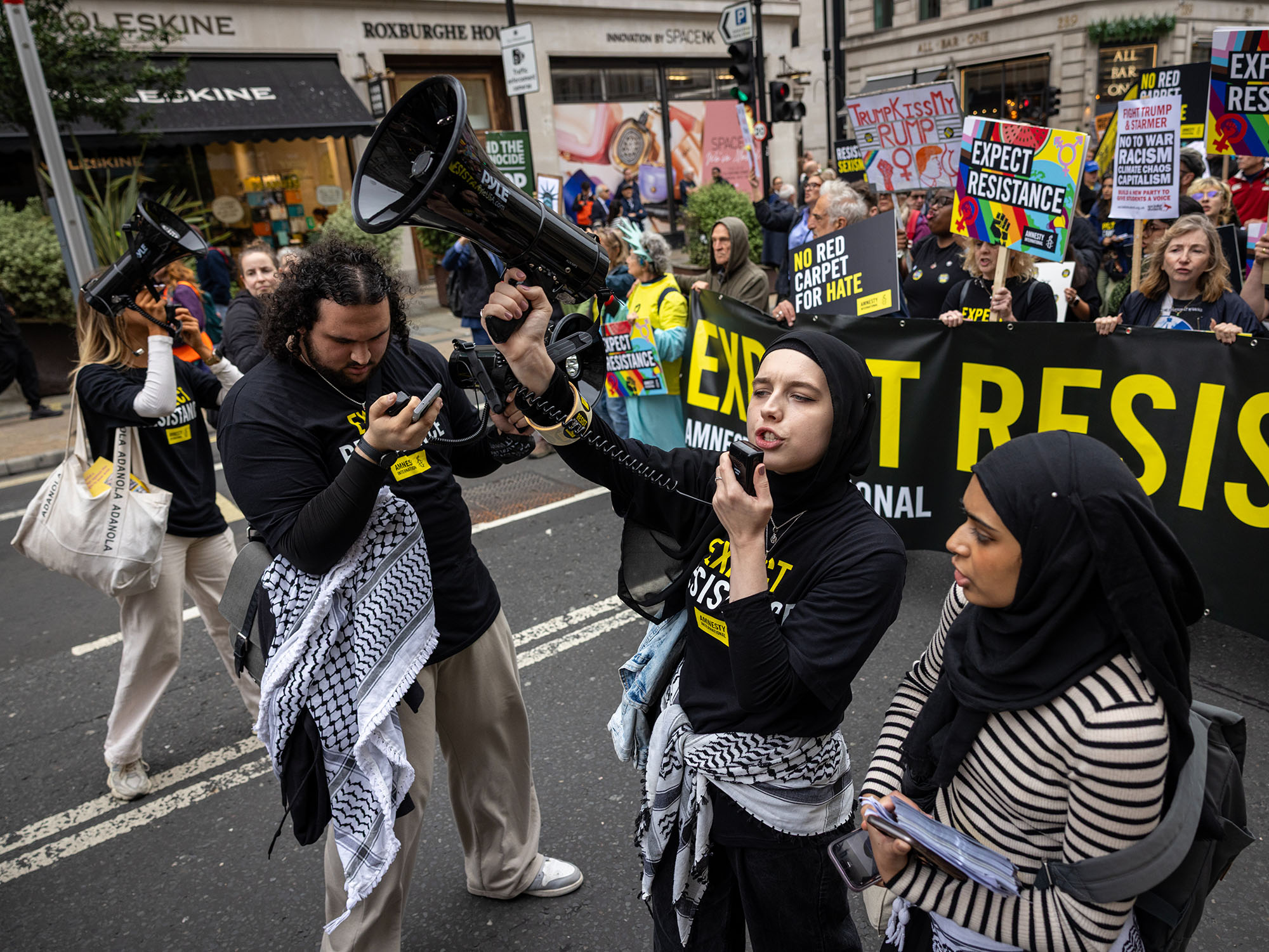- Field investigators visited dozens of strike sites in Azerbaijan and Armenia
- Evidence refutes both sides’ denials they launched indiscriminate strikes, including with cluster munitions
- Other weapons used include ballistic missiles and volleys of notoriously imprecise rockets and artillery
The Armenian and Azerbaijani forces’ repeated use of notoriously inaccurate and indiscriminate weapons – including cluster munitions and explosive weapons with wide area effects in populated civilian areas – violated international humanitarian law and killed scores of civilians, injured hundreds and destroyed homes and key infrastructure in the recent conflict, Amnesty International said today.
The organization’s new report, In the Line of Fire: Civilian casualties from unlawful strikes in the Armenian-Azerbaijani conflict over Nagorno-Karabakh, is based on an on-the-ground investigation on both sides and details 18 strikes by Armenian and Azerbaijani forces which unlawfully killed civilians. In all, at least 146 civilians, including multiple children and older people, died in the 44-day conflict between late September and early November 2020.
Armenian forces employed inaccurate ballistic missiles, unguided multiple launch rocket systems (MLRS), and artillery. Azerbaijani forces also used unguided artillery and MLRS. Authorities on both sides have denied launching indiscriminate strikes against civilian areas and using cluster munitions – despite clear evidence that they both have done so.
“By using these imprecise and deadly weapons in the vicinity of civilian areas, Armenian and Azerbaijani forces violated the laws of war and showed disregard for human life,” said Marie Struthers, Amnesty International’s Director for Eastern Europe and Central Asia.
“Civilians were killed, families were torn apart and countless homes were destroyed because all parties to the conflict used notoriously imprecise weapons against towns and cities.”
Civilian casualties would almost certainly have been much higher were it not for the fact that many people had either fled affected areas or taken shelter in basements when the conflict started.
Dozens of strike sites visited
Following the 10 November tripartite agreement ending the conflict, Amnesty International visited dozens of strike sites in Azerbaijan and Armenia in late November and early December 2020.
The organization interviewed 79 survivors, witnesses and relatives of civilians killed and injured in the strikes, in addition to local civilian and military authorities, NGO workers and journalists.
Amnesty International’s Crisis Response team analyzed fragments of munitions used in the attacks and examined videos, photographs, and satellite images taken during the conflict.
“Our research revealed a pattern of indiscriminate and disproportionate strikes by both sides that killed and harmed civilians and damaged civilian objects. Attacks were repeatedly carried out on civilian residential areas far from frontlines, and where there often did not appear to be any military targets in the vicinity,” said Marie Struthers.
Attacks by Armenian forces
Amnesty International documented eight strikes carried out by Armenian forces on towns and villages in Azerbaijan which killed a total of 72 civilians.
In the city of Ganja on 17 October, 21 civilians were killed and more than 50 injured when a SCUD-B ballistic missile hit the Mukhtar Hajiyev neighbourhood. Sudaba Asgarova’s daughter Nigar was killed in the strike, a day before her 15th birthday. “She was my only child. She was all I had,” Sudaba told Amnesty International.
Ramiz Gahramanov, 64, told Amnesty International that in the same strike his daughter Khatira, 34, was killed along with her son Orhan, 11, and two daughters Maryam, six, and Laman, 18. In the aftermath of the blast, Ramiz said: “I looked down and when I saw that the house had been completely destroyed, I immediately knew that they had all died because nobody could have survived such destruction. I could not find the bodies of my grandchildren. Parts of their bodies were not found until days later, in the next street, and some parts were not found at all.”
On 27 October, five people were killed and 14 injured when Armenian forces launched a cluster bomb strike on the village of Qarayusufli, causing widespread damage to homes. One of those killed was seven-year-old Aysu Iskandarli, who was playing on a swing in her garden at the time.
Armenian forces also fired several large-calibre rockets into the city of Barda on 28 October, more than 20 km from the frontline. Three rockets landed in the city centre, two of them near two hospitals. The third – a Russian-made 9M55 Smerch rocket containing 72 9N235 cluster submunitions – landed in the middle of a busy roundabout, killing 21 civilians.
On 27 September, the day the conflict began, Armenian forces launched an artillery strike in Gashalti, near Naftalan, killing five members of the Gurbanov family and partially destroying their house. Bakhtiar Gurbanov, who lost his parents, along with his brother’s wife, his nephew and niece, told Amnesty International: “Our family was destroyed. We had started to renovate the house before the war, now we can’t bear to be here anymore.”
Attacks by Azerbaijani forces
Amnesty International documented nine strikes carried out by Azerbaijani forces on towns and villages in Nagorno-Karabakh and one in Armenia, killing 11 civilians. According to local de facto authorities, at least 52 Armenian civilians were killed in the conflict.
The region’s main city Stepanakert came under frequent attack, sometimes several times in a single day. Some of the strikes were carried out using inherently indiscriminate weapons, such as 122mm Grad rockets and internationally banned cluster munitions.
A series of strikes on 4 October killed four civilians and injured a dozen more. Naver Lalayal told Amnesty International how his 69-year-old father Arkadi was killed in this attack:
“Since the war started, my parents had been staying in the shelter in the basement of the building with other residents and came up to the apartment regularly to use the bathroom and the kitchen. That morning my father came upstairs and was standing on the balcony when a rocket exploded in the garden. He was killed on the spot and much of the apartment was destroyed.”
A young woman with intellectual and physical disabilities was injured and traumatized by the same strike.
An independent weapons expert reviewed munition fragments Amnesty International observed at the site and identified them as “likely parts of an EXTRA ballistic missile,” an Israeli weapon known to have been sold to Azerbaijan.
Several other locations around the city were struck the same day, including near a school that was no longer in session and near the office of the International Committee of the Red Cross.
In other strikes on Stepanakert, it appeared that Azerbaijani forces deliberately targeted critical infrastructure, including the Emergency Services, a large compound on the city’s eastern edge. On 2 October at around 2 pm a rocket strike hit the adjacent car park, mortally wounding one of the rescuers, 25-year-old Hovhannes Aghajanyan, injuring 10 of his colleagues and seriously damaging the hangar that houses emergency vehicles.
In Martuni, on 27 September, 12 strikes in the space of four minutes included one that mortally wounded an eight-year-old girl, Victoria Gevorgyan, and left her two-year-old brother Artsvik badly injured and traumatized.
“Victoria was our little angel. She is gone … My little boy now still wakes up saying that there are planes in the sky bombing,” their mother Anahit Gevorgyan told Amnesty International.
Davit Khachatran, a resident of Martakert, told Amnesty International how both of his parents and his aunt – all in their 60s – were killed in an instant when a Grad rocket struck the entrance of a building opposite the family’s fruit and vegetable shop on 30 September. The rocket was still lodged in the building’s steps when Amnesty International visited in mid-December.
“The Armenian and Azerbaijani authorities must launch immediate, impartial investigations into their forces’ relentless and often reckless use of heavy explosive weapons in populated civilian areas. As the Armenian and Azerbaijani leaders begin to work out security arrangements it’s crucial that those responsible for these violations are swiftly held to account and that the victims get reparations,” said Marie Struthers.
****************************************
For more information or to arrange an interview, please contact:
Lucy Scholey, Media Relations Officer, Amnesty International Canada (English branch), 613-853-2142, lscholey@amnesty.ca
